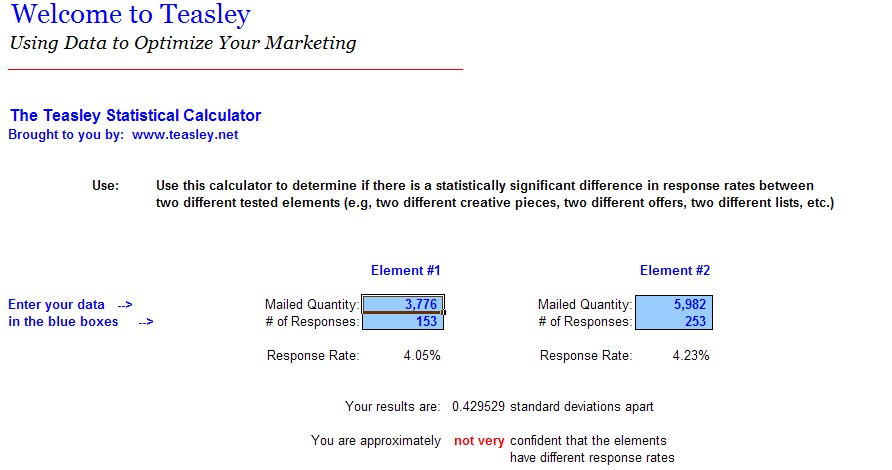 |
It seems as though Quality Score has fallen off the blog bandwagon here lately, but I’m here to say that the Quality Score and the Quality Index is still here and more important than ever.
One big problem that I have seen in many new accounts that have either transitioned from other search marketing agencies or in-house employees is the inability to accurately determine when to pause an under-performing ad text and exactly which ad to pause when testing. Pausing the wrong ad or making a decision to pause something too early can have a detrimental effect on your Quality Score.
Most PPC advertisers should know that the Quality Score is mainly based off how well your keywords relate to your ad text and landing pages. There are other factors that affect Quality Score but this is the main one.
It makes a lot of sense if you think about it: Google will make the most money on ads that have higher click-through rates. Ads that have high click-through rates get a lot of traffic, so it makes sense for Google and Yahoo, etc to reward those with higher click-through rates over others. The way they reward you is that if you have a higher click-through rate, you’ll receive a lower page one minimum bid. This means that if you follow their rules, do all the things that get you a great Quality Score, then you’ll be able to place higher in the search engines results pages for a lesser cost.
Too many times I see ads that are paused or deleted that over time have a much higher click-through rate over other ads that are currently active. This tells me that people are not properly testing their PPC ads to determine a statistically valid ad winner. And let me just say, if you’re not testing your PPC ads, then read this PPC for Beginners post already, geez!
Go back into your Adwords account, click on your highest volume campaign and ad group, view your ads, and change the date range to show one whole year of stats. Check all of your ads and see if the ads you have active currently really do have the higher click-through rates.
If they do, great! If not, then you may need to reassess how you determine when to pause or delete and under performing ad text.
1. Go further back in time. Most people just look at past seven day stats or month-to-date stats. Go back further in time to get a more broad view of how well an ad has really performed. If you’re looking at a shorter data range certain seasonality or ebb and flow of traffic could have made the performance of an ad change. But the longer the data range you use the more those seasonality and ebb and flow of traffic changes affect the overall outcome.
2. Know when to make your move and when to wait. The more clicks you have on an ad text the more accurate your ad stats will be. If you only have a few clicks on an ad, that will skew your results. It’s like taking a survey of 100,000 people versus only 10 people. Obviously, those 10 people only represent a small number of the population. However 100,000 people will represent a larger population of people who think the same way. Don’t pause or delete your ads too soon. If there isn’t enough click volume then wait until there is enough volume so you can make a statistically valid decision.
3. Use the statistical calculator. Using the Teasley statistical calculator will assist you in making an informed decision on if and when to pause or delete an ad. Where it says ‘element 1’ and ‘element 2’ is where you will enter your ad text stats. ‘Mailed quantity’ is where you enter your impressions and ‘# of responses’ is where you enter your click data. Below it will show you the response rate (click-through rate) for each ad.
And below that you will get either a percentage of confidence or a ‘not very’ confident that the two elements will continue to perform in the way they are performing currently.
In conclusion, you may want to go back and double-check your ads to be sure you have the ad with the highest click-through rate showing. Of course you can then test different variations of your better performing ad to achieve an even higher click-through rate to improve your Quality Scores.
And next time you run through your PPC accounts looking to pause or delete ads, be sure to follow the steps above and remember more data will represent more accurate results. In the end, your helping yourself gain additional traffic with high click-through rate ads, but you’re also improving your Quality Score which can lead to lower minimum first page keyword bids.






